#california naturals
Text








Get Ready with California Naturals’ new brand ambassador(s)
#owen wilson#california naturals#waffles!!#been crying in the club all day how's everyone else doing lmao#does this set NEED to exist?? no but also yes v much so#white outfits are back and i'm giffing his random promo to save my life it's like 2024 officially just started :')))#stanning him has made life surreal which is the greatest compliment i could ever give. who would want it any other way 💖#owenwilsonedit#dianagifs
182 notes
·
View notes
Text





Owen Wilson in the The California Naturals Commercial
#look at my princess#and his fluffy hair#i love him your honor#owen wilson#owilsonedit#owilson#california naturals#owenwilson#owilsongifs#owen wilson gifs#actors#actor#my gifs#gifedit#gifs#gif
130 notes
·
View notes
Text

as the wind blows; antelope valley, california
instagram - twitter - website
#photographers on tumblr#artists on tumblr#landscape#nature#flowers#sunset#summer#meadow#art#original photographers#floral#wildflowers#aesthetic#pastel#evening#naturecore#wind#grass#california#gif#cinemagraph#plants#leah berman#photography
17K notes
·
View notes
Text
As relentless rains pounded LA, the city’s “sponge” infrastructure helped gather 8.6 billion gallons of water—enough to sustain over 100,000 households for a year.
Earlier this month, the future fell on Los Angeles. A long band of moisture in the sky, known as an atmospheric river, dumped 9 inches of rain on the city over three days—over half of what the city typically gets in a year. It’s the kind of extreme rainfall that’ll get ever more extreme as the planet warms.
The city’s water managers, though, were ready and waiting. Like other urban areas around the world, in recent years LA has been transforming into a “sponge city,” replacing impermeable surfaces, like concrete, with permeable ones, like dirt and plants. It has also built out “spreading grounds,” where water accumulates and soaks into the earth.
With traditional dams and all that newfangled spongy infrastructure, between February 4 and 7 the metropolis captured 8.6 billion gallons of stormwater, enough to provide water to 106,000 households for a year. For the rainy season in total, LA has accumulated 14.7 billion gallons.
Long reliant on snowmelt and river water piped in from afar, LA is on a quest to produce as much water as it can locally. “There's going to be a lot more rain and a lot less snow, which is going to alter the way we capture snowmelt and the aqueduct water,” says Art Castro, manager of watershed management at the Los Angeles Department of Water and Power. “Dams and spreading grounds are the workhorses of local stormwater capture for either flood protection or water supply.”
Centuries of urban-planning dogma dictates using gutters, sewers, and other infrastructure to funnel rainwater out of a metropolis as quickly as possible to prevent flooding. Given the increasingly catastrophic urban flooding seen around the world, though, that clearly isn’t working anymore, so now planners are finding clever ways to capture stormwater, treating it as an asset instead of a liability. “The problem of urban hydrology is caused by a thousand small cuts,” says Michael Kiparsky, director of the Wheeler Water Institute at UC Berkeley. “No one driveway or roof in and of itself causes massive alteration of the hydrologic cycle. But combine millions of them in one area and it does. Maybe we can solve that problem with a thousand Band-Aids.”
Or in this case, sponges. The trick to making a city more absorbent is to add more gardens and other green spaces that allow water to percolate into underlying aquifers—porous subterranean materials that can hold water—which a city can then draw from in times of need. Engineers are also greening up medians and roadside areas to soak up the water that’d normally rush off streets, into sewers, and eventually out to sea...
To exploit all that free water falling from the sky, the LADWP has carved out big patches of brown in the concrete jungle. Stormwater is piped into these spreading grounds and accumulates in dirt basins. That allows it to slowly soak into the underlying aquifer, which acts as a sort of natural underground tank that can hold 28 billion gallons of water.
During a storm, the city is also gathering water in dams, some of which it diverts into the spreading grounds. “After the storm comes by, and it's a bright sunny day, you’ll still see water being released into a channel and diverted into the spreading grounds,” says Castro. That way, water moves from a reservoir where it’s exposed to sunlight and evaporation, into an aquifer where it’s banked safely underground.
On a smaller scale, LADWP has been experimenting with turning parks into mini spreading grounds, diverting stormwater there to soak into subterranean cisterns or chambers. It’s also deploying green spaces along roadways, which have the additional benefit of mitigating flooding in a neighborhood: The less concrete and the more dirt and plants, the more the built environment can soak up stormwater like the actual environment naturally does.
As an added benefit, deploying more of these green spaces, along with urban gardens, improves the mental health of residents. Plants here also “sweat,” cooling the area and beating back the urban heat island effect—the tendency for concrete to absorb solar energy and slowly release it at night. By reducing summer temperatures, you improve the physical health of residents. “The more trees, the more shade, the less heat island effect,” says Castro. “Sometimes when it’s 90 degrees in the middle of summer, it could get up to 110 underneath a bus stop.”
LA’s far from alone in going spongy. Pittsburgh is also deploying more rain gardens, and where they absolutely must have a hard surface—sidewalks, parking lots, etc.—they’re using special concrete bricks that allow water to seep through. And a growing number of municipalities are scrutinizing properties and charging owners fees if they have excessive impermeable surfaces like pavement, thus incentivizing the switch to permeable surfaces like plots of native plants or urban gardens for producing more food locally.
So the old way of stormwater management isn’t just increasingly dangerous and ineffective as the planet warms and storms get more intense—it stands in the way of a more beautiful, less sweltering, more sustainable urban landscape. LA, of all places, is showing the world there’s a better way.
-via Wired, February 19, 2024
#california#los angeles#water#rainfall#extreme weather#rain#atmospheric science#meteorology#infrastructure#green infrastructure#climate change#climate action#climate resilient#climate emergency#urban#urban landscape#flooding#flood warning#natural disasters#environmental news#climate news#good news#hope#solarpunk#hopepunk#ecopunk#sustainability#urban planning#city planning#urbanism
13K notes
·
View notes
Text

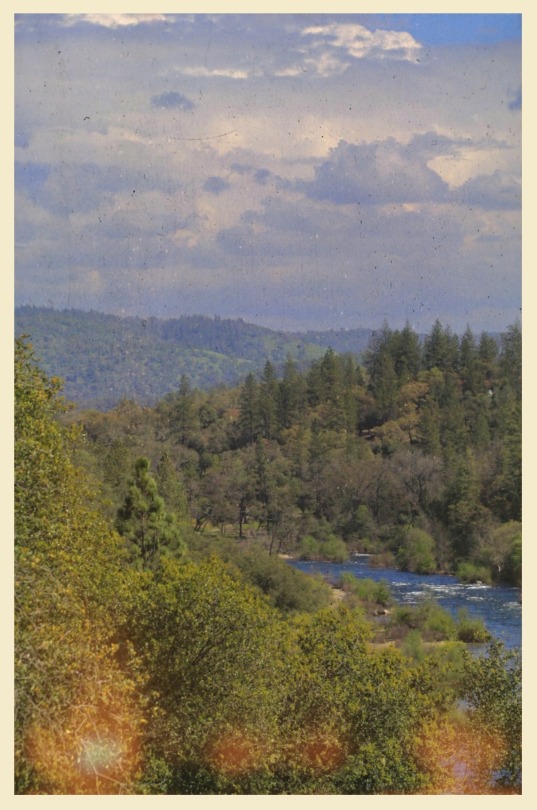
april in northern california, 2024
7K notes
·
View notes
Text



Yosemite comes to life at sunrise
#yosemite#half dome#el capitan#yosemite valley#sierra Nevadas#aimeekb#sunrise#lesbians who hike#me and my boots against the world#nature#forest#adventure#hiking#travel#mountains#california#explore#landscape#water reflection
12K notes
·
View notes
Text
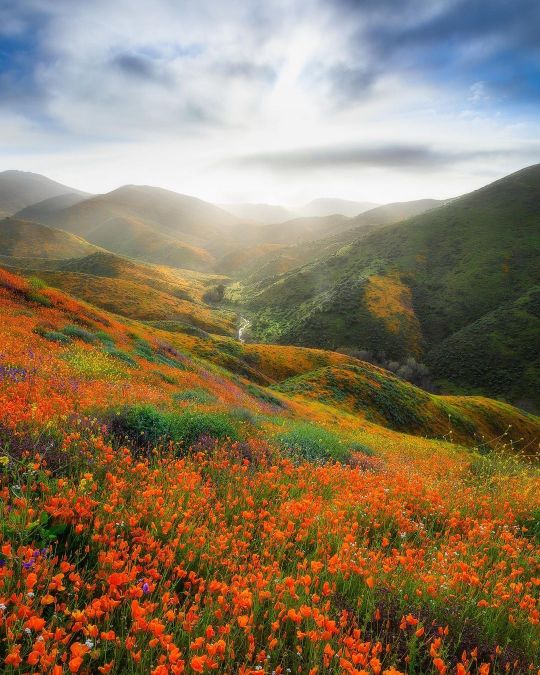
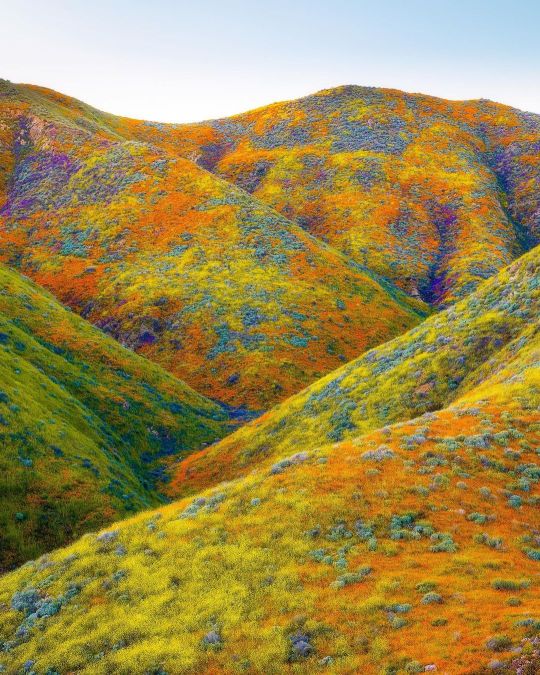
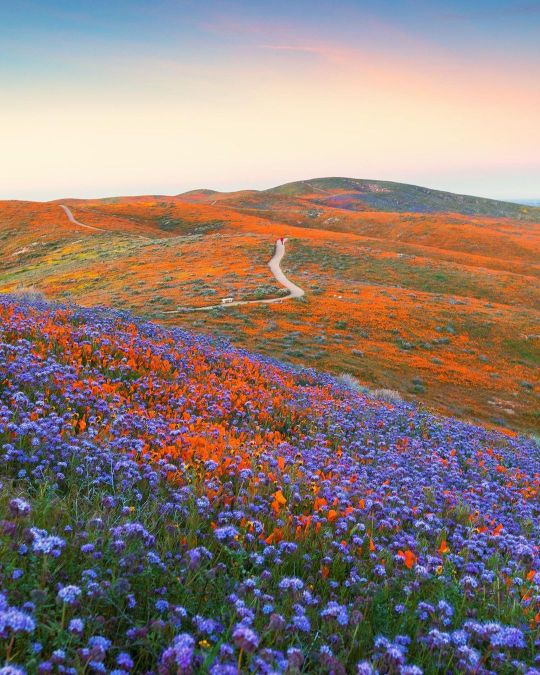
by luketyreephoto
#landscape#flowers#flowercore#california#poppies#aesthetic#nature#naturecore#cottagecore#fairycore#photography#curators on tumblr#up
25K notes
·
View notes
Photo
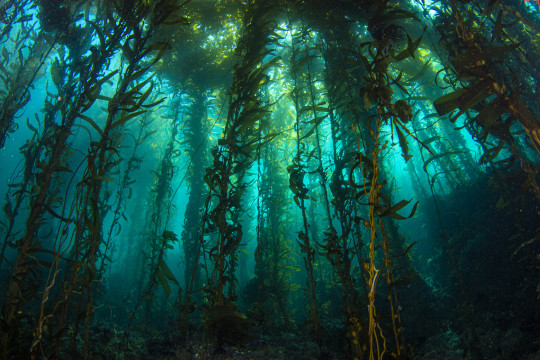
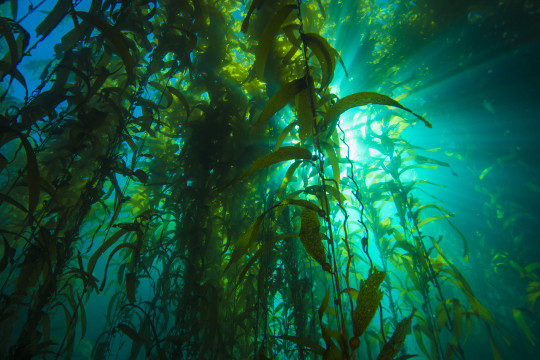
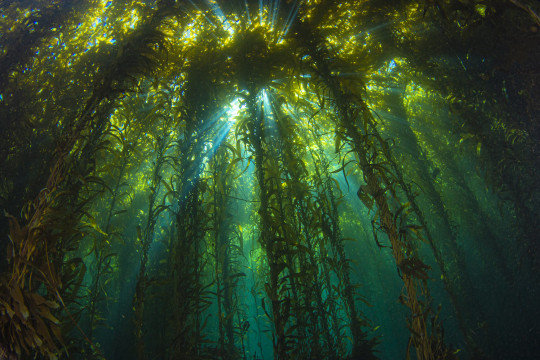
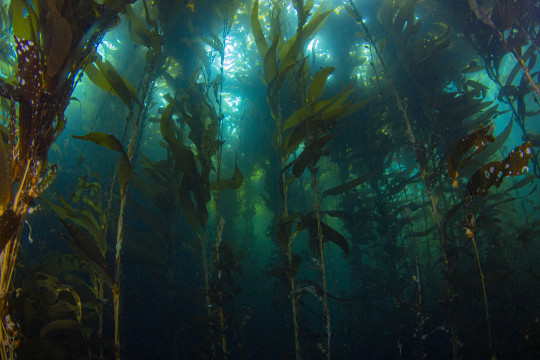


Kelp Forest by divindk
#kelp#underwater#ocean#nature#naturecore#green#glow#plants#kelp forest#california#light#forest#water#diving#landscape#curators on tumblr#uploads
21K notes
·
View notes
Text

fishtober day 03:
california golden trout (oncorhynchus aguabonita)
#inktober#fishtober#freshwater fish#california golden trout#nature art#queer#trans#digital art#my art#wow!!! these take much longer than id thought. tahts alright because this is a gorgeous fish#goldeen trout i love you#ans this ones kinda halloweeny!!
5K notes
·
View notes
Text
For years now, this wild grey whale has come to this boat captain to have its lice removed at the calving lagoon of Ojo de Liebre, Baja California, Mexico.
#whale#nature#ocean#video#whales#cute#wildlife#sea#Mexico#travel#vacation#photography#animals#wild animals#ocean life#marine biology#aesthetic#marine life#beauty-funny-trippy#Baja California#lice#boat#marine
8K notes
·
View notes
Text





#he's so fluffy i'm gonna die.gif 😭💖
#owen wilson#california naturals#SCREAMING#every day i wake up thankful his is the fandom i chose so who could ever want more 😂💖#the black turtleneck paired with pj pants??? okay sir we see you 👀👀#and WAFFLES best boy best brand ambassador always :')))#'down bad' blaring in the bg while making this like yep that's about right lol#owenwilsonedit#dianagifs
94 notes
·
View notes
Text
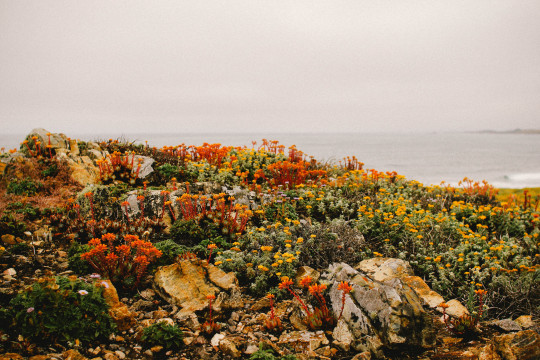

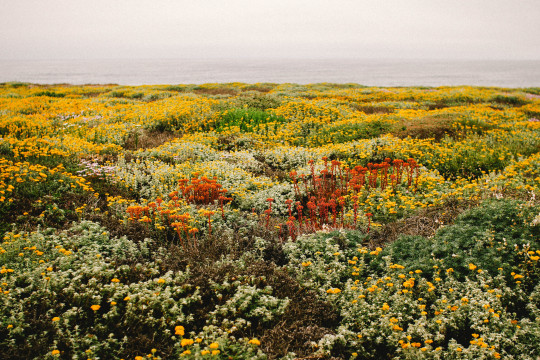

Outpost, Cambria -- June 17th, 2023
Etsy
#cali photos#cali pics#california photography#california pictures#california photographers#photographers from california#original photography#original photographers#photographers on tumblr#artists on tumblr#nature#nature photos#nature photography#cambria#lighthouse
4K notes
·
View notes
Text

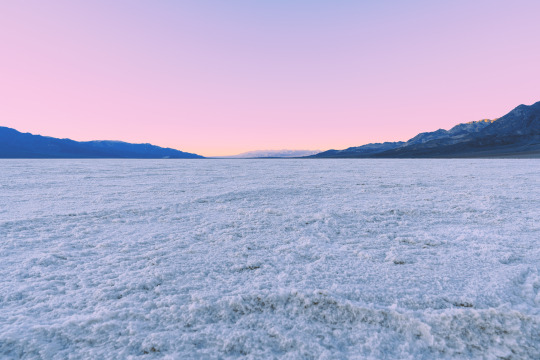
illustra; badwater basin in death valley, california
instagram - twitter - website
#photographers on tumblr#landscape#death valley#desert#nature#artists on tumblr#aesthetic#sunset#pastel#sky#gradient#original photographers#travel#photography#art#minimal#leah berman#naturecore#california#dreamy
5K notes
·
View notes
Text
Ancient redwoods recover from fire by sprouting 1000-year-old buds
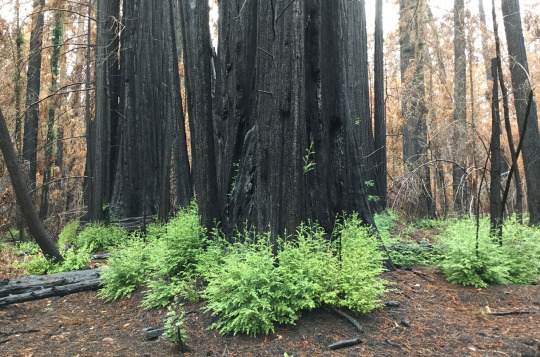
Article | Paywall free
When lightning ignited fires around California’s Big Basin Redwoods State Park north of Santa Cruz in August 2020, the blaze spread quickly. Redwoods naturally resist burning, but this time flames shot through the canopies of 100-meter-tall trees, incinerating the needles. “It was shocking,” says Drew Peltier, a tree ecophysiologist at Northern Arizona University. “It really seemed like most of the trees were going to die.”
Yet many of them lived. In a paper published yesterday in Nature Plants, Peltier and his colleagues help explain why: The charred survivors, despite being defoliated [aka losing all their needles], mobilized long-held energy reserves—sugars that had been made from sunlight decades earlier—and poured them into buds that had been lying dormant under the bark for centuries.
“This is one of those papers that challenges our previous knowledge on tree growth,” says Adrian Rocha, an ecosystem ecologist at the University of Notre Dame. “It is amazing to learn that carbon taken up decades ago can be used to sustain its growth into the future.” The findings suggest redwoods have the tools to cope with catastrophic fires driven by climate change, Rocha says. Still, it’s unclear whether the trees could withstand the regular infernos that might occur under a warmer climate regime.
Mild fires strike coastal redwood forests about every decade. The giant trees resist burning thanks to the bark, up to about 30 centimeters thick at the base, which contains tannic acids that retard flames. Their branches and needles are normally beyond the reach of flames that consume vegetation on the ground. But the fire in 2020 was so intense that even the uppermost branches of many trees burned and their ability to photosynthesize went up in smoke along with their pine needles.
Trees photosynthesize to create sugars and other carbohydrates, which provide the energy they need to grow and repair tissue. Trees do store some of this energy, which they can call on during a drought or after a fire. Still, scientists weren’t sure these reserves would prove enough for the burned trees of Big Basin.
Visiting the forest a few months after the fire, Peltier and his colleagues found fresh growth emerging from blackened trunks. They knew that shorter lived trees can store sugars for several years. Because redwoods can live for more than 2000 years, the researchers wondered whether the trees were drawing on much older energy reserves to grow the sprouts.
Average age is only part of the story. The mix of carbohydrates also contained some carbon that was much older. The way trees store their sugar is like refueling a car, Peltier says. Most of the gasoline was added recently, but the tank never runs completely dry and so a few molecules from the very first fill-up remain. Based on the age and mass of the trees and their normal rate of photosynthesis, Peltier calculated that the redwoods were calling on carbohydrates photosynthesized nearly 6 decades ago—several hundred kilograms’ worth—to help the sprouts grow. “They allow these trees to be really fire-resilient because they have this big pool of old reserves to draw on,” Peltier says.
It's not just the energy reserves that are old. The sprouts were emerging from buds that began forming centuries ago. Redwoods and other tree species create budlike tissue that remains under the bark. Scientists can trace the paths of these buds, like a worm burrowing outward. In samples taken from a large redwood that had fallen after the fire, Peltier and colleagues found that many of the buds, some of which had sprouted, extended back as much as 1000 years. “That was really surprising for me,” Peltier says. “As far as I know, these are the oldest ones that have been documented.”
... “The fact that the reserves used are so old indicates that they took a long time to build up,” says Susan Trumbore, a radiocarbon expert at the Max Planck Institute for Biogeochemistry. “Redwoods are majestic organisms. One cannot help rooting for those resprouts to keep them alive in decades to come.”
-via Science, December 1, 2023
#redwoods#california#wildfire#climate change#extreme heat#natural disasters#botany#plant biology#photosynthesis#santa cruz#hopepunk#sustainability#climate hope#united states#good news#hope
11K notes
·
View notes
Text

Leucistic American Badger at Point Reyes!
Recently, a unique sight was spotted here in Point Reyes National Seashore - a leucistic American Badger! You may think that it is an albino, but if you look closely, you’ll notice that its eyes are actually brown or black, not pink. Its nose also has some pigment to it.
Leucism is a genetic mutation where there is only a partial loss of pigmentation, while albinism is when there is a total absence of pigmentation. Albino creatures will look white (or sometimes pale yellowish) in color, with very pale pink or red eyes. Leucistic creatures can look white in patches or almost completely white, but their eyes will always have color to them. Just like this badger whose normally brown stripes are showing up more as a dark cream color!
Photo by David Kramer as he hastily pulled out his cell phone to get this photo while on a hike in the Seashore.
via: Point Reyes National Seashore (California)
#badger#mustelid#mammal#animals#nature#california#north america#public lands#leucism#science#zoology
5K notes
·
View notes
Text
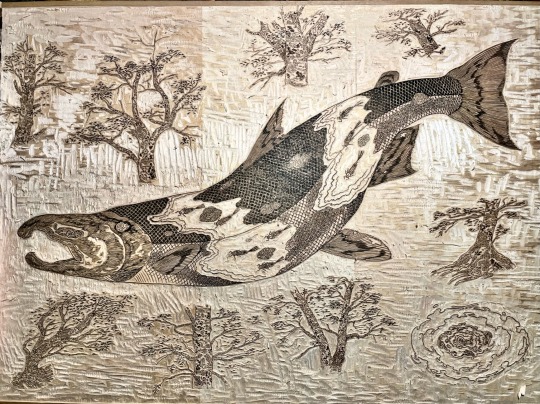
7 months of carving coming to an end, I lost some details and added some. I love and need to see the prints, but honestly, the block is the final art piece for me. It’s what I spend all my time with and each one has a segment of my life attached with it.
Shina woodblock
#nature#art#california#mendocino#sonoma#bay area#ink#printmaking#illustration#mokuhanga#ukiyoe#woodblock print#forest#木版画#picoftheday#relief print#trees#woodblock#alders#salmon#fish#coho
9K notes
·
View notes